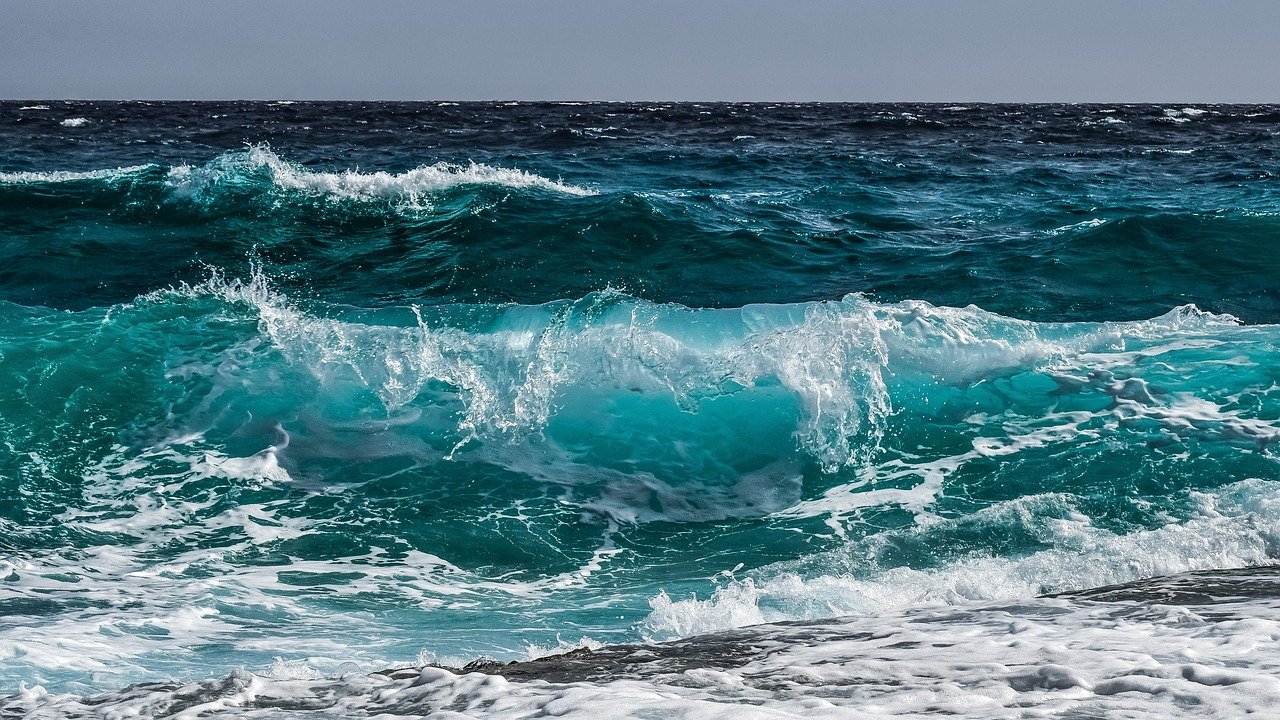Map Overview: Northern Middle East Geology
A recent study highlights the geological dynamics of the northern Middle East, particularly focusing on the interaction between the Arabian and Eurasian tectonic plates and the Kurdistan region of Iraq. The map, sourced from Solid Earth (2024), illustrates the collision zone of these plates, emphasizing the study area.
Research Insights on the Zagros Mountains
An international team from the University of Göttingen has conducted an extensive analysis of the Zagros Mountains’ impact on Earth’s surface deformation over the last 20 million years in the Kurdistan region. Their findings indicate that beneath the surface, the Neotethys oceanic plate—once located between the Arabian and Eurasian landmasses—is currently fracturing horizontally. This tear extends from southeast Turkey to northwest Iran.
Understanding Earth’s Surface Evolution
The study reveals that the Earth’s surface is shaped by processes occurring deep within its interior. When continents converge over millions of years, the oceanic floor between them is subducted to significant depths. Eventually, as the continents collide, portions of rock along their edges are thrust upwards, resulting in the formation of mountain ranges. The substantial weight of these mountains contributes to the downward bending of the Earth’s surface, leading to the accumulation of eroded sediments, as seen in regions like Mesopotamia.
Research Methodology and Findings
The researchers developed models to analyze the downward bending of the Earth’s surface due to the weight of the Zagros Mountains as the Arabian plate converges with Eurasia. They discovered that the depth of the resulting depression—estimated at 3-4 km—cannot be solely attributed to the mountains’ mass.
Dr. Renas Koshnaw, the study’s lead author and a postdoctoral researcher at Göttingen University, noted the unexpected accumulation of sediment, indicating that the depression’s depth exceeds what would be expected from the Zagros Mountains alone. This suggests additional contributing factors to the subsidence.
Role of the Neotethys Plate
The researchers propose that the sinking Neotethys oceanic plate, still connected to the Arabian plate, is exerting a downward pull on the region, facilitating further sediment accumulation. As the study progresses toward Turkey, the sediment-filled depression becomes shallower, indicating that the slab has detached, alleviating some of the downward force.
Broader Implications of the Research
The geodynamic model established through this research has implications beyond geology. Dr. Koshnaw emphasizes its potential to enhance understanding of Earth’s outer shell dynamics. The findings could inform future endeavors in exploring natural resources, including sedimentary ore deposits and geothermal energy, as well as improving assessments of earthquake risks.







